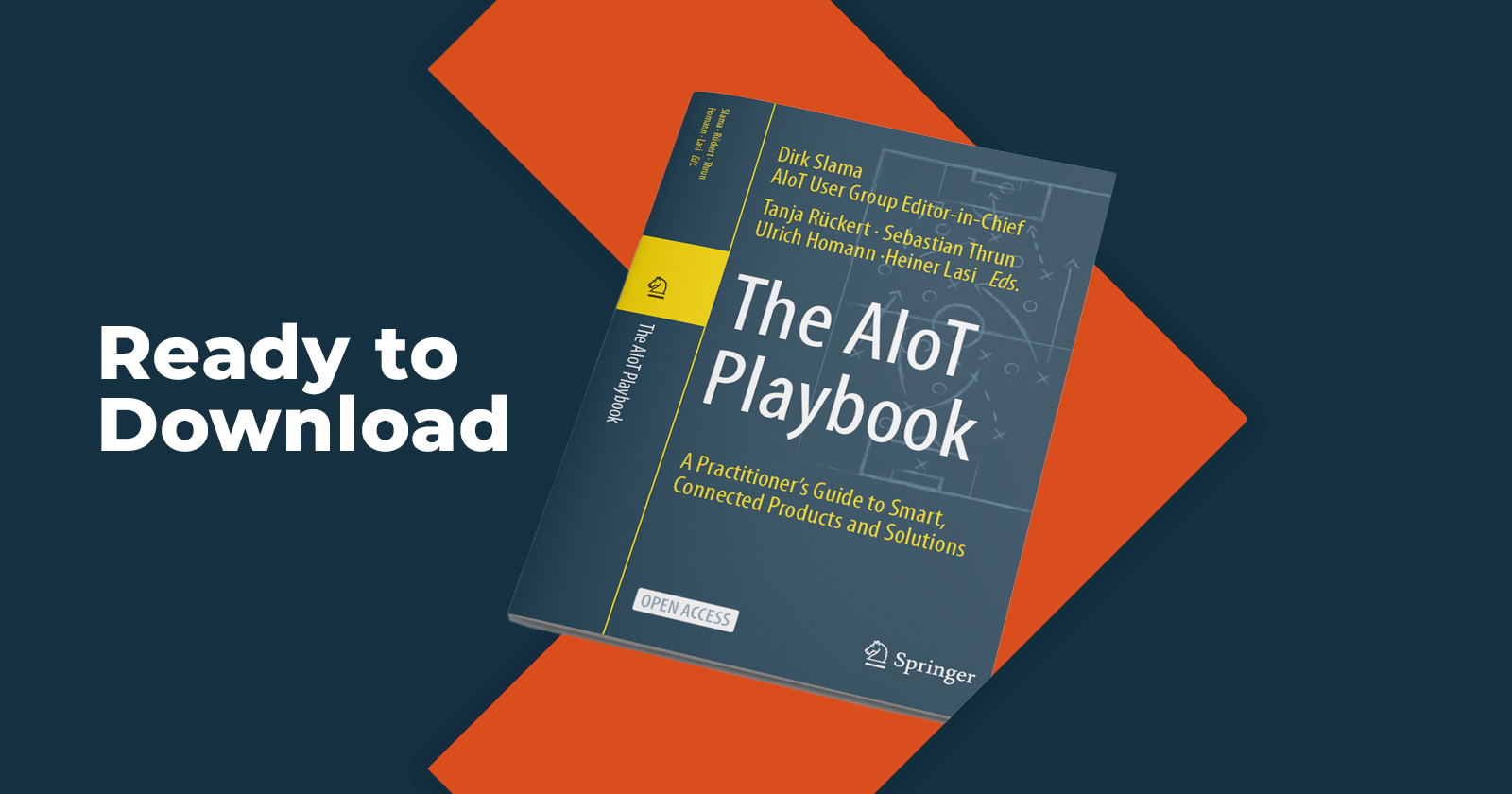Digital Industry Insight #11
Digital Transformation Objectives Vary Significantly
Ken Forster

In our first Digital Industry Insight – Stuck in the Starting Gate – we noted that “We are two decades into the 21st century and the industrial world seems immune to the digital tidal wave sweeping over most other industries.” To gain a better understanding of where the industrial sector is today, we conducted a global survey of Chief Digital Officers (CDOs) and other executives to assess their digital transformation (DT) readiness and progress. Survey participants operate across a range of energy and manufacturing industries. The results of the survey will be presented in two parts. This week we will focus on DT readiness and collaboration with value chain partners and next week we will look at progress, barriers to progress, and benefits.
Almost two thirds of the respondents identified the office of the CDO as responsible for their company’s DT strategy. This is a recognition that DT is a critical initiative and requires its own resources. Smaller organizations (less $1B in revenue) were more likely to identify the office of the CEO as responsible for DT strategy. This is most likely a case of not having the resources to establish an office of the CDO. Less than 15% of respondents identified the office of the CIO as responsible for DT strategy. Those that pointed to the office of CIO were primarily in the energy and transportation sectors.
Who is responsible for the digital transformation strategy at your organization?

Over 90% of respondents claim to have a DT strategy in place and the 10% who checked “We don’t have a digital transformation strategy” were all smaller organizations. Of those that have a strategy in place, there is significant variance in their goals. We asked the question: “Which of the following statements best describes your digital transformation strategy” and the responses are shown below.
Which of the following statements best describes your digital transformation strategy?

Less than 20% of large companies (greater than $8B in revenue) described their goal as “fundamentally transforming our business model” whereas half of small companies selected fundamental transformation as their goal (assuming they had a strategy at all). Only one quarter of respondents overall identified their strategy as fundamentally transformative is a reflection of the conservative nature of the industrial world as well as the lack of external disrupters coming into the industry.
One midsized CPG company eloquently described their strategy as: “Our digital strategy is designed to deliver meaningful efficiency and optimization for our current business, improve the lives of our employees and enable us to create new business models/products/services.”
There was a clear understanding across all sectors that DT requires collaboration with customers, suppliers, and/or partners. Indeed, almost 90% of respondents pointed to collaboration with suppliers as necessary and three quarters identified collaboration with customers as a requirement. Another 40% identified collaboration with distribution partners or value-added resellers as necessary to successful DT. As expected, the types of collaboration identified was very much tied to industry and sub-sector. Chemical industry respondents were more likely to identify collaboration with distributors as key to success while upstream oil and gas operators were more likely to identify suppliers, and suppliers only, as necessary. Manufacturers tended to check all the boxes reflecting the complexity of their value chains.
Does your digital transformation strategy require collaboration across your value chain (with customers, suppliers, and partners)? If so, which ones? Check all that apply.

Despite the widespread recognition of the need for collaboration around DT initiatives, only 40% of respondents were able to claim success. For a variety of reasons including, most notably, a go-to-market strategy that is not ready, collaboration remains elusive for many companies. What the 40% that have claimed success share in common is they are larger enterprises which are more likely to have control over their value chain – particularly their suppliers. In particular, organizations in the aerospace and defense, oil and gas, and utilities sectors were more likely to claim successful collaboration with their value chain than other sectors. It should also be noted that success was inversely correlated with value chain complexity.
If collaboration is required which of the following best describes the status of that collaboration?

The results of the survey make clear that digital transformation preparedness levels and goals are unsurprisingly diverse. Size, subsector, structure, and revenue are all unique characteristics that determine an organization’s DT strategy. Interestingly, the need for collaboration, whether with external partners or customers, received consensus support. As the amount of actionable data generated drastically increases, the importance of collaboration is underscored, despite success challenges expressed in the survey (see Machine Data Multiplier Effect).
The inevitability of digital disruption within the industrial sector means that to stay competitive, being digitally proactive – not reactive – will be a universal necessity, regardless of where an organization sits today. As the survey reveals, larger organizations are more hesitant to embrace this kind of change relative to their smaller counterparts. In many ways, digital has levelled the playing field. Smaller entrants are naturally more agile and can readily re-route to embrace digital advancements and opportunities. Larger organizations have more resources to draw on but face change management challenges.
Stay tuned for next week’s Digital Industry Insight where we will discuss DT progress and results.

Momenta Partners encompasses leading Strategic Advisory, Talent, and Venture practices. We’re the guiding hand behind leading industrials’ IoT strategies, over 200 IoT leadership placements, and 25+ young IoT disruptors. Schedule a free consultation to learn more about our Connected Industry practice.



